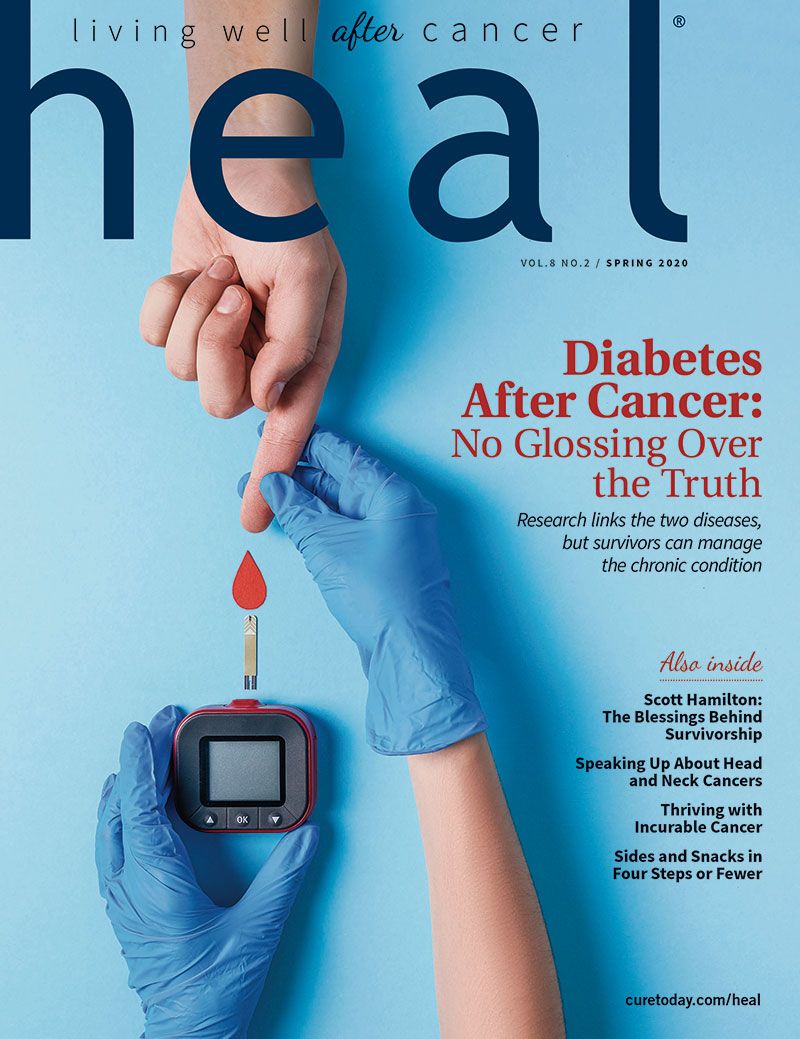Publication
Article
Heal
Childhood Cancer Survivors See Uptick in Colorectal Polyps
Author(s):
Childhood cancer survivors are developing colorectal polyps unrelated to family histories, according to new data.
Childhood cancer survivors are developing colorectal polyps unrelated to a familial syndrome, the usual association, according to new findings from Dana-Farber Cancer Institute in Boston.
Called therapy-associated polyposis (TAP), the condition was first seen in five patients in 2014. Recently, the study was expanded to include 34 patients from eight cancer centers in the United States who didn’t have a known genetic link to the condition.
The researchers examined data from patients who had been treated with chemotherapy and/ or radiation therapy for their cancer and found that the polyps developed a median of 27 years after treatment. In addition, 35% of patients had more than 50 colorectal polyps and 94% had multiple types. “This contrasts with other hereditary polyposis syndromes in which all the polyps are generally of the same type,” the researchers wrote.
Other cancer treatment-associated complications arose in 74% of patients, suggesting that individuals who develop TAP may be especially susceptible to treatment- related conditions in general, the researchers said.
Because colorectal polyps can be a risk factor for colon cancer, patients are typically advised
to undergo increased screening and other invasive procedures to detect the abnormal growths at the earliest stage possible. “By knowing the specific signs of TAP — and knowing that it isn’t part of a familial syndrome — physicians can spare family members unnecessary screenings and ensure patients receive proper treatment,” the researchers said.





